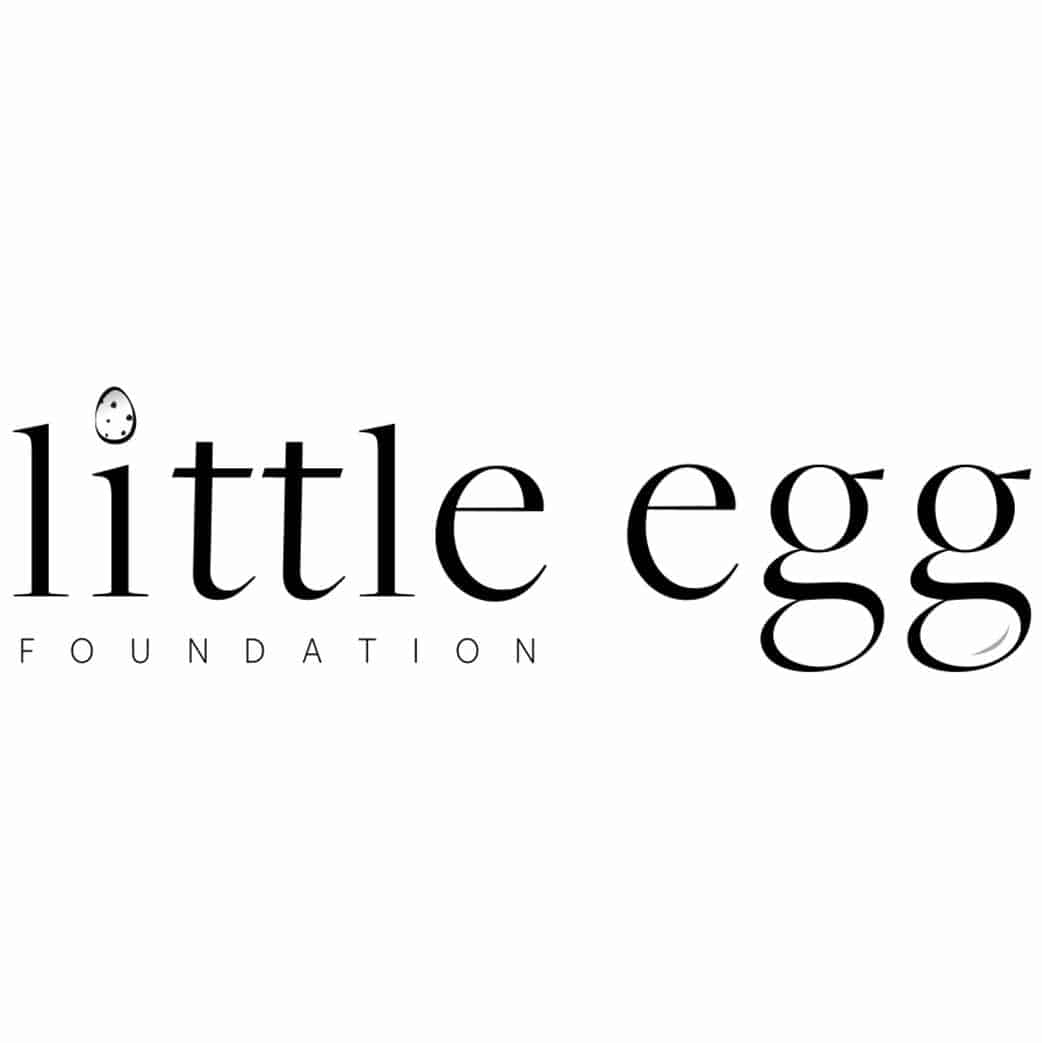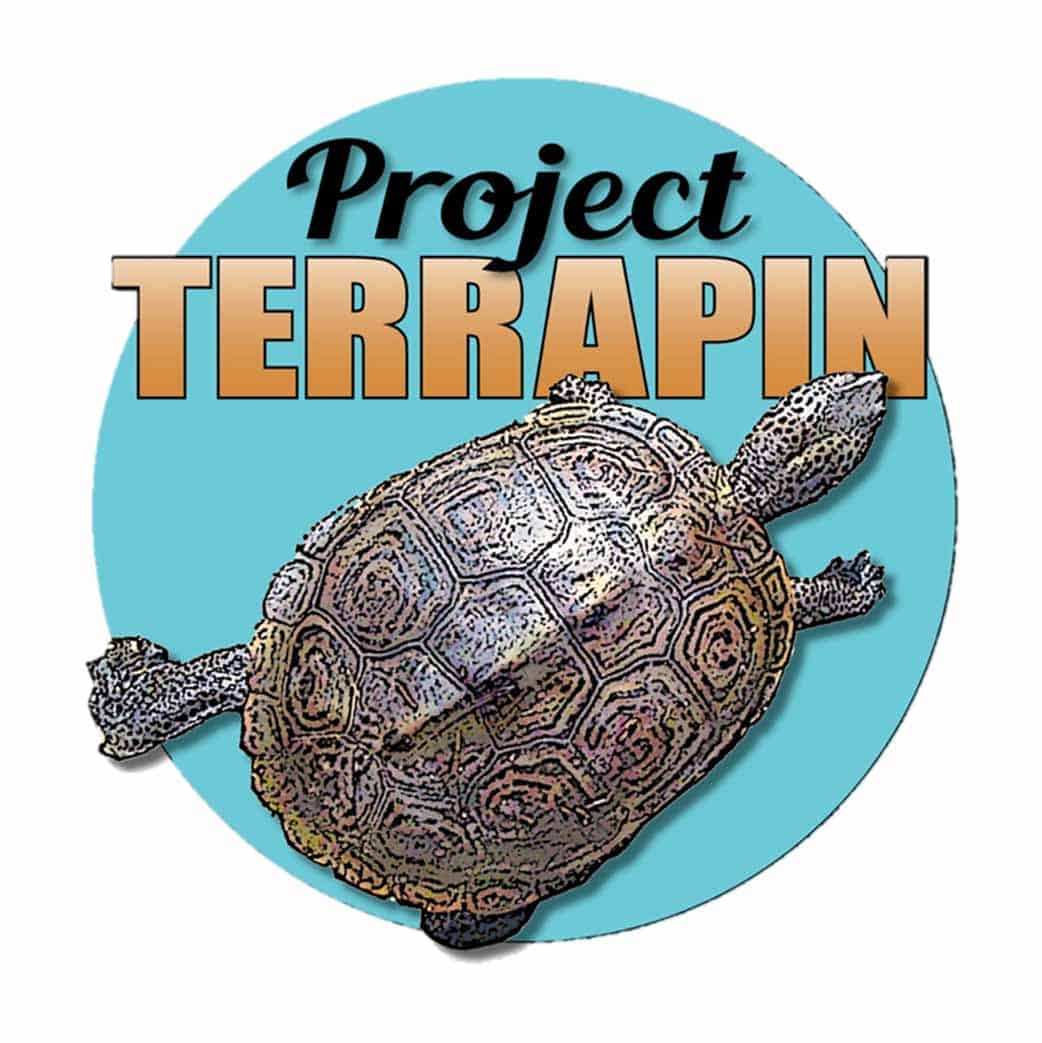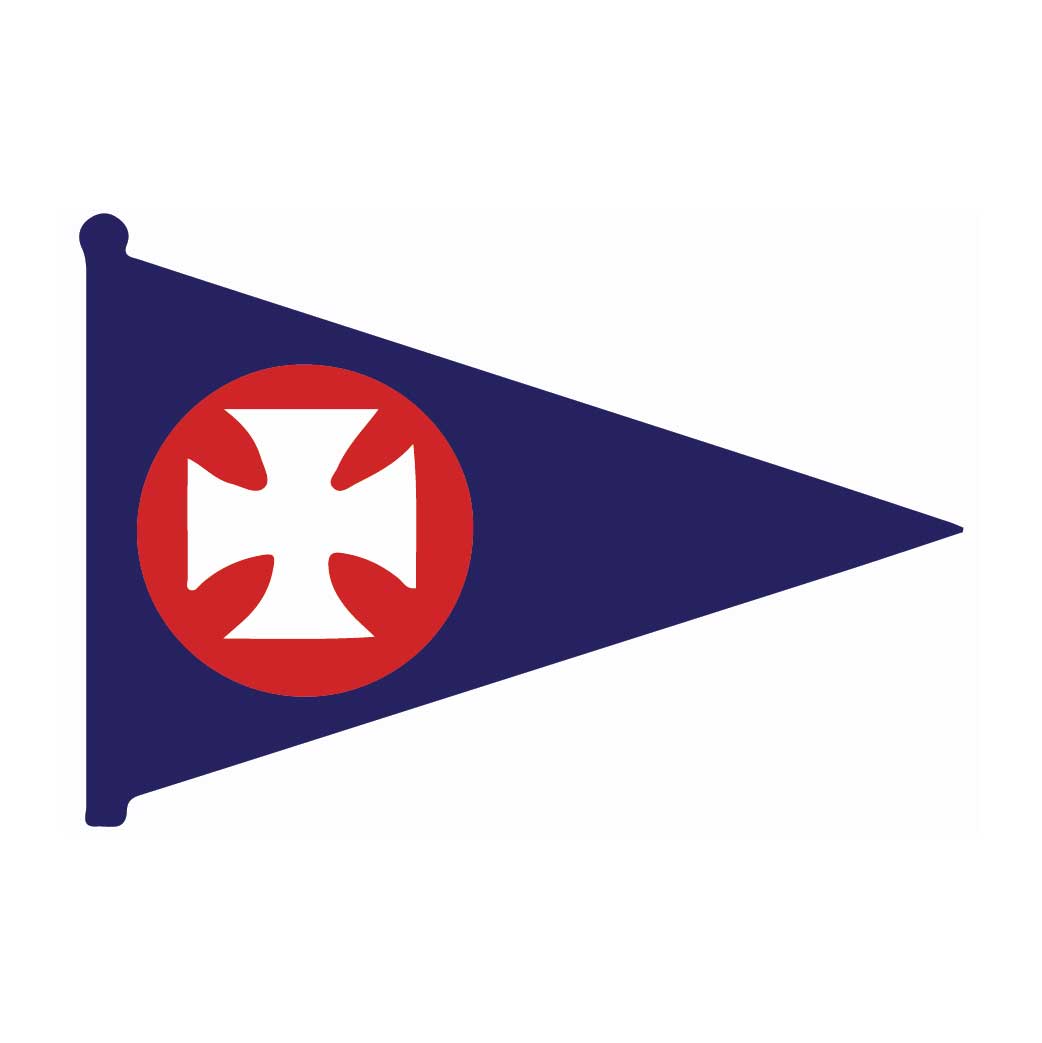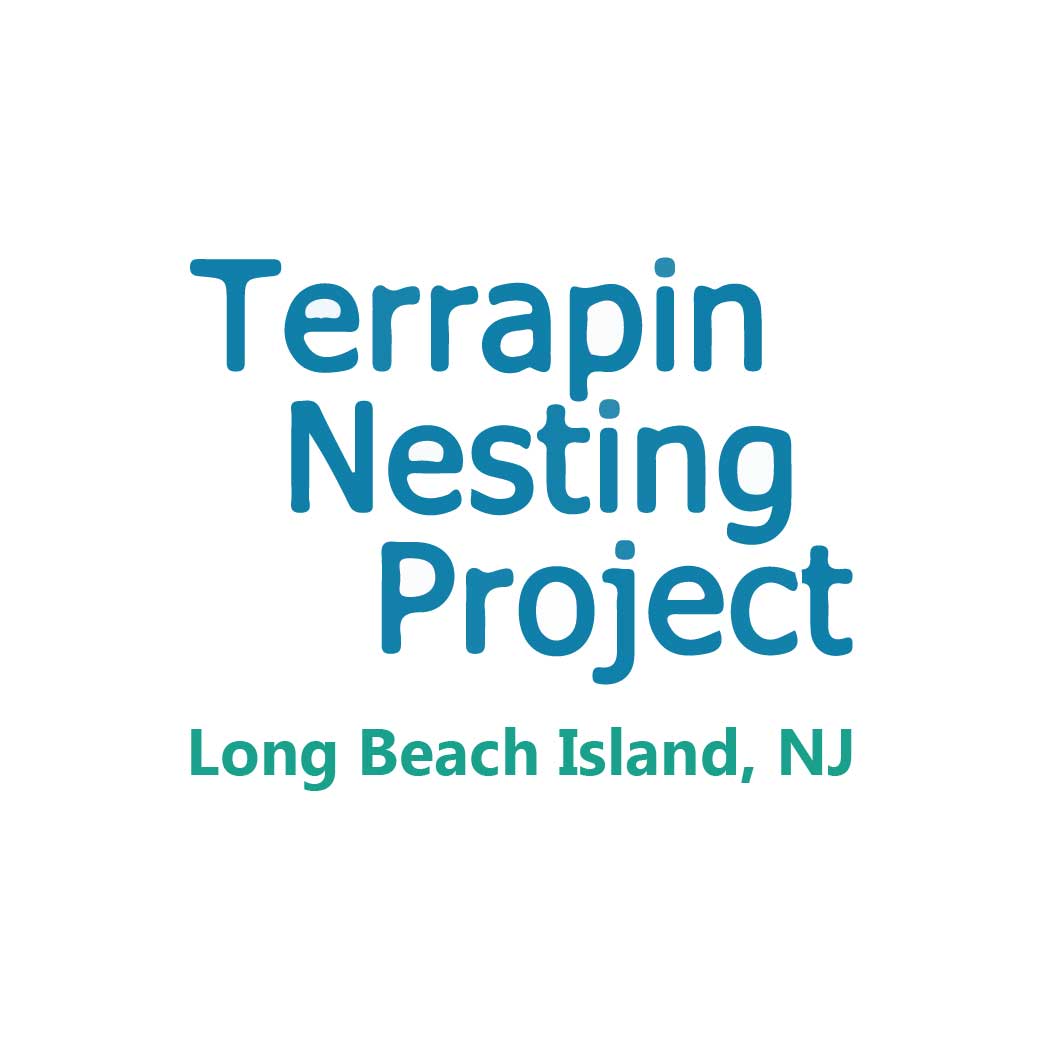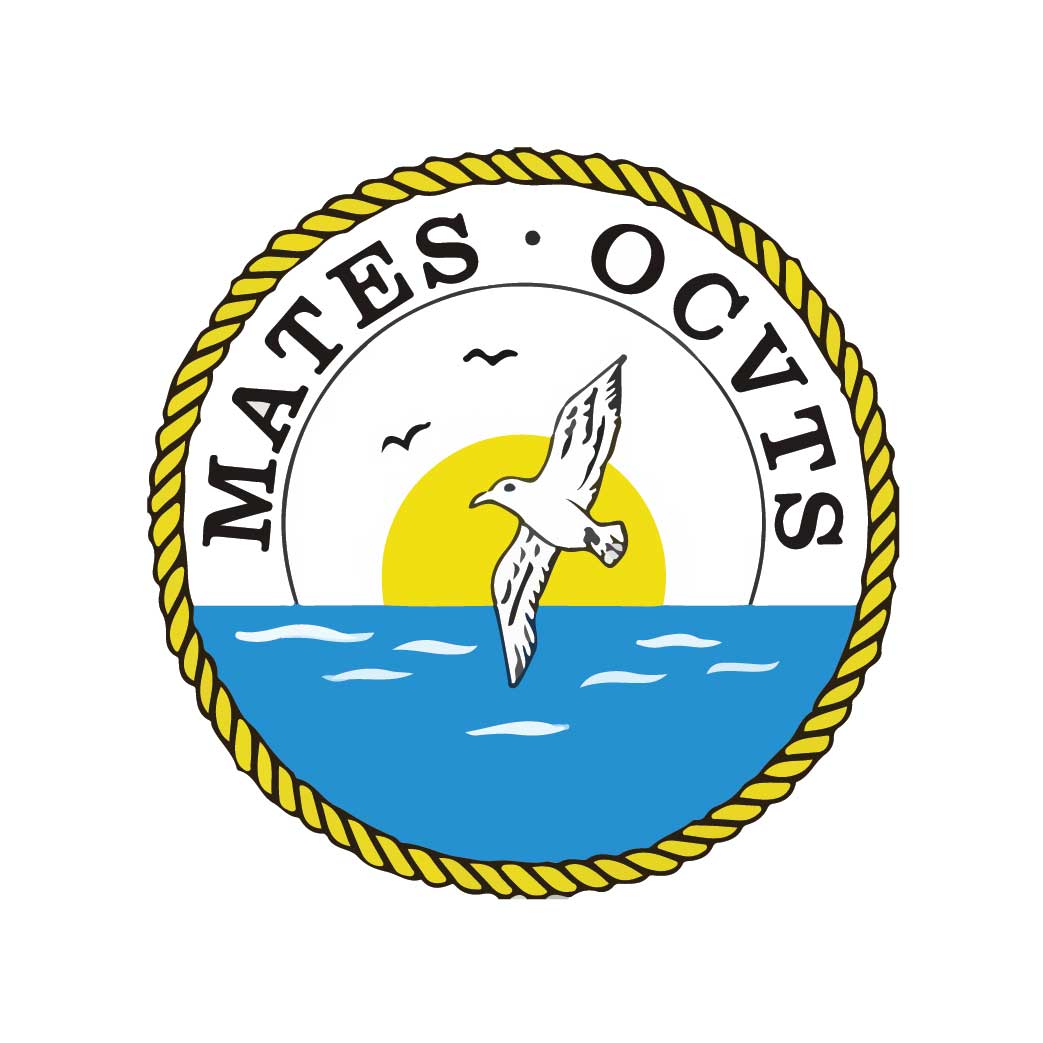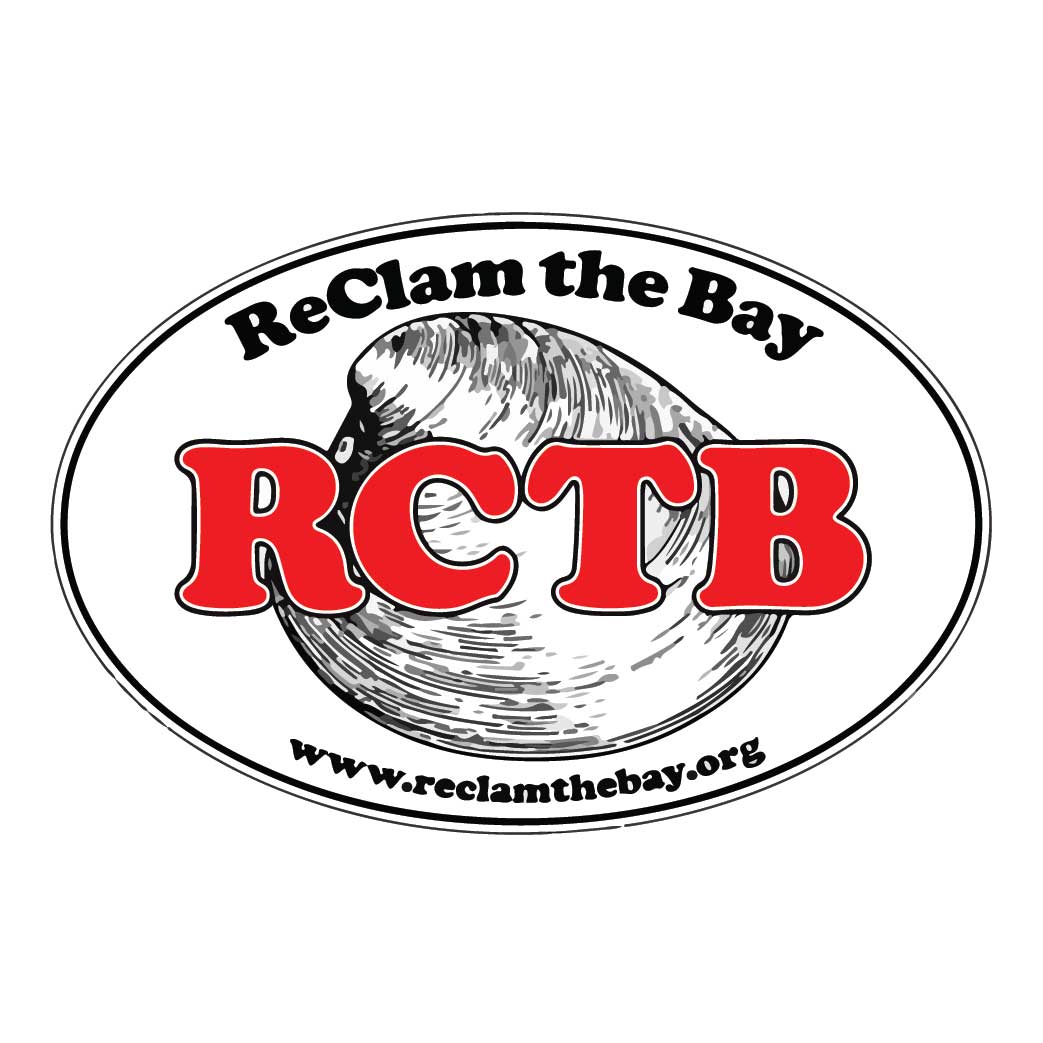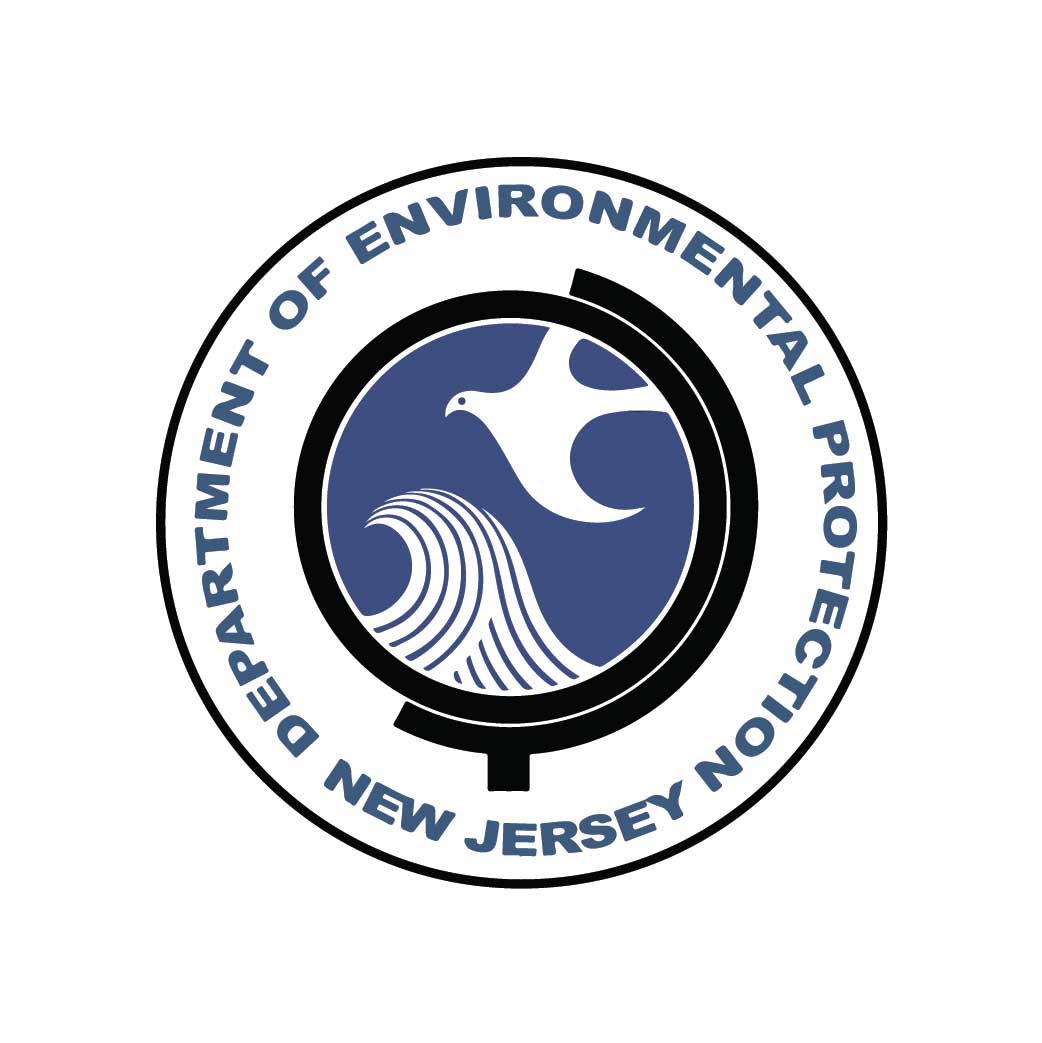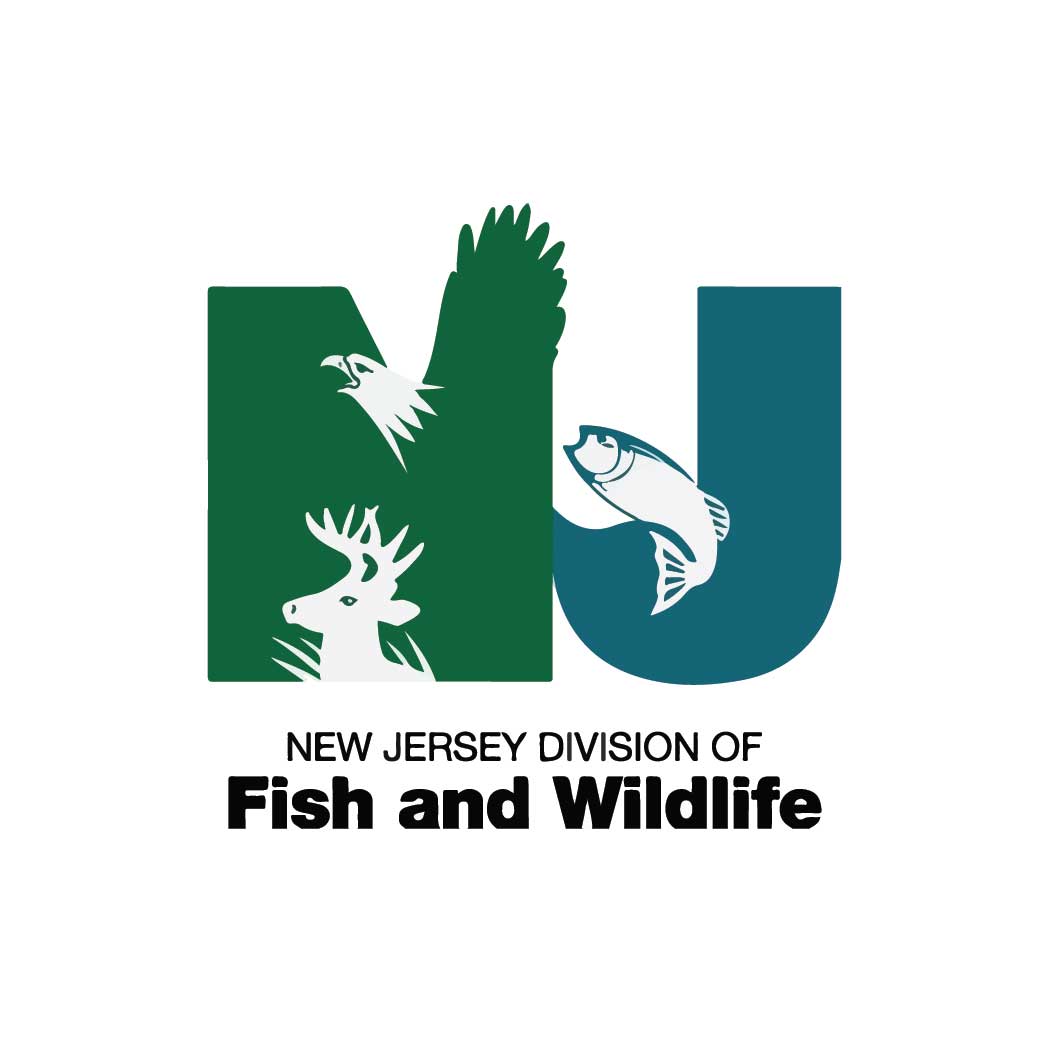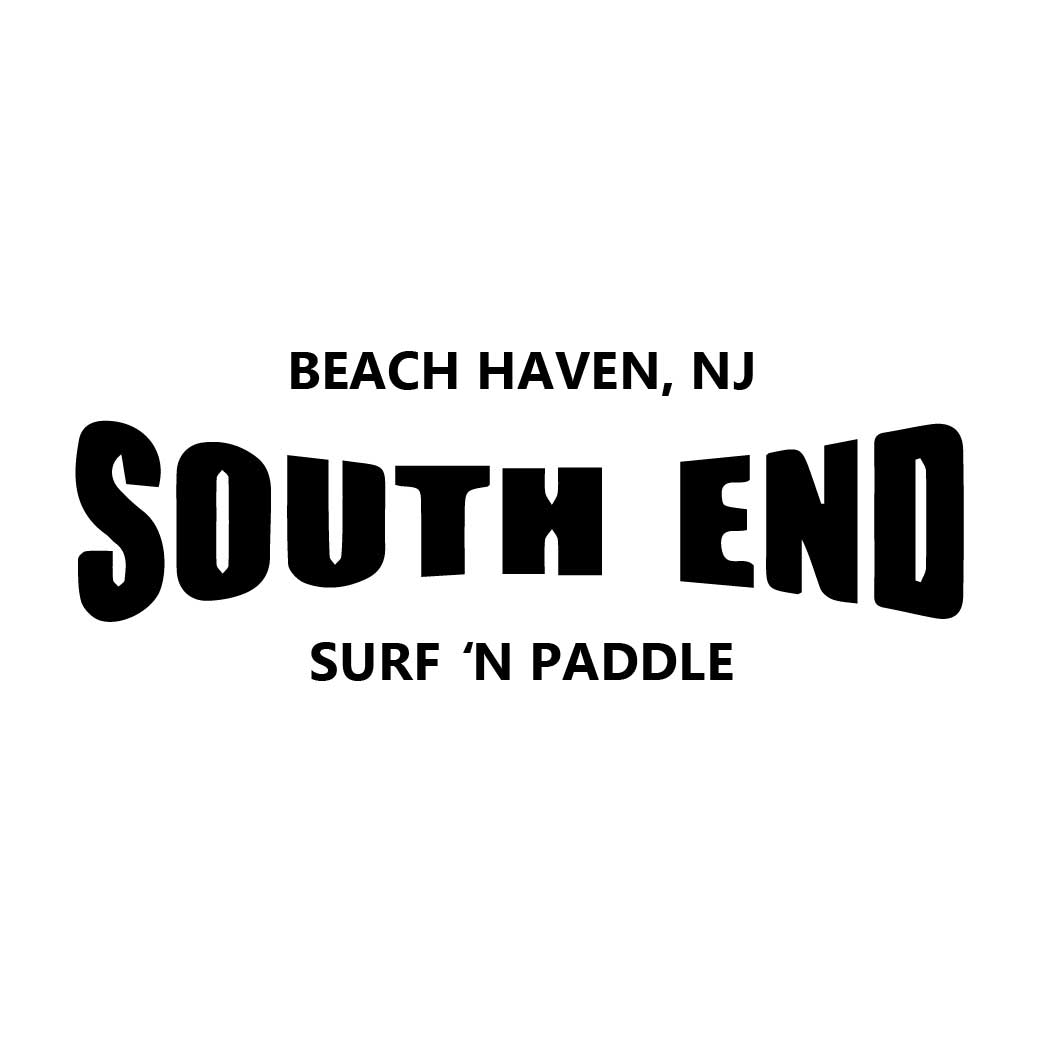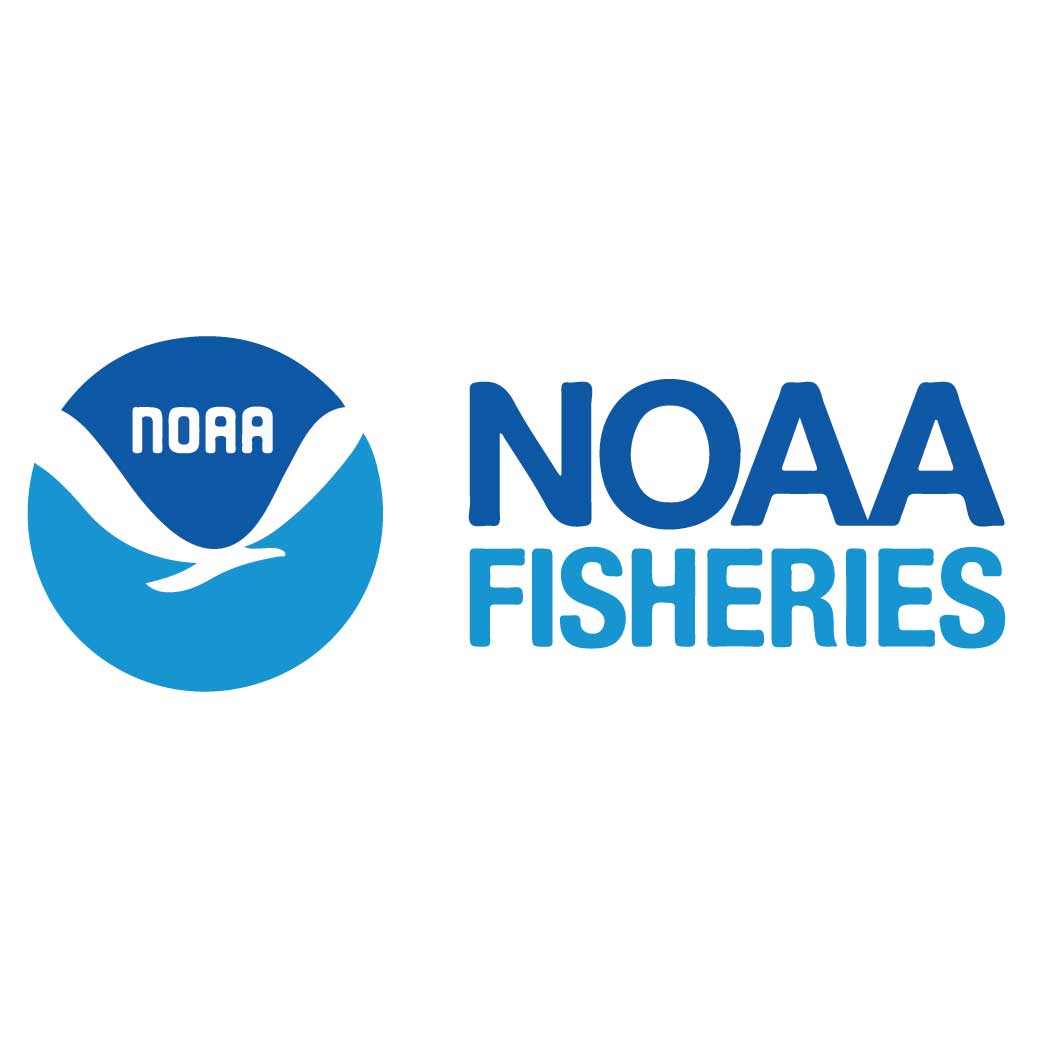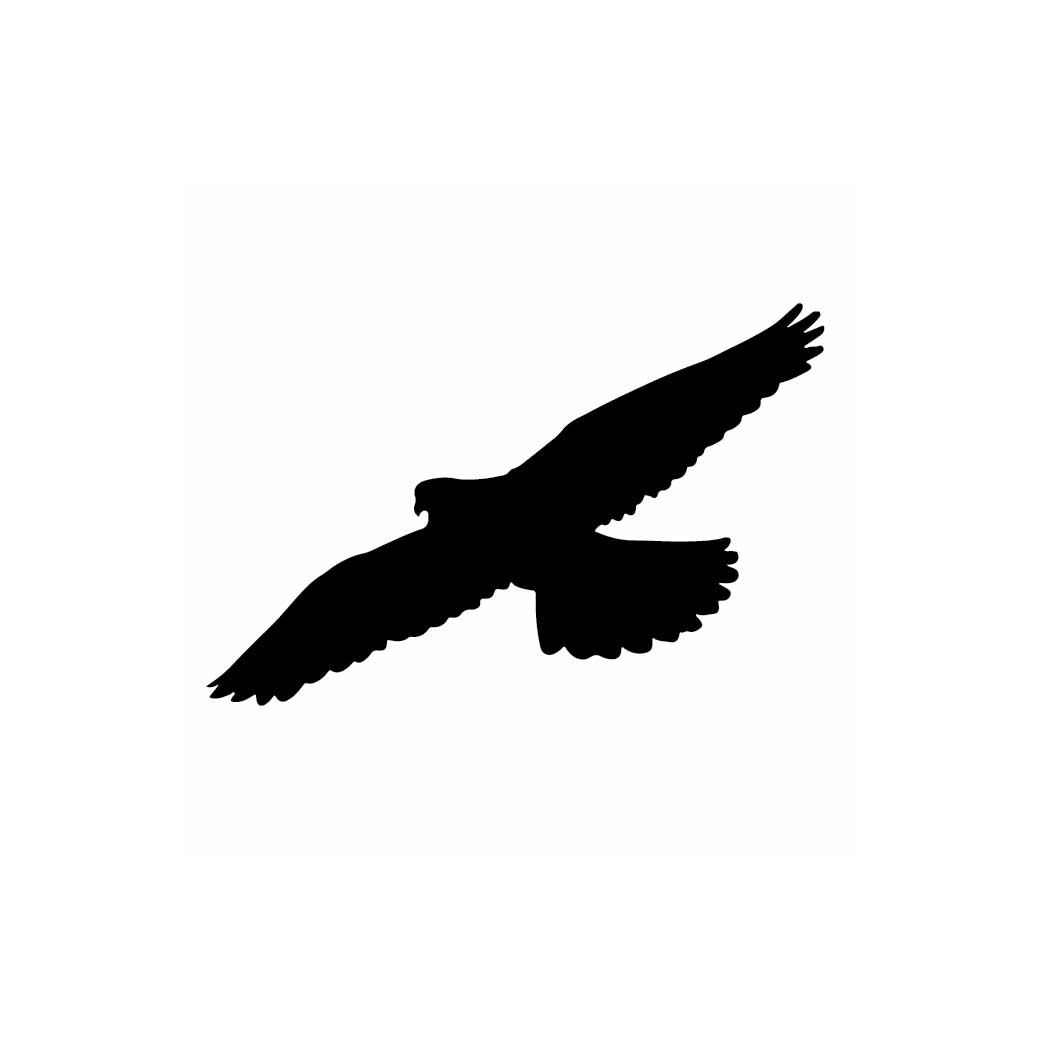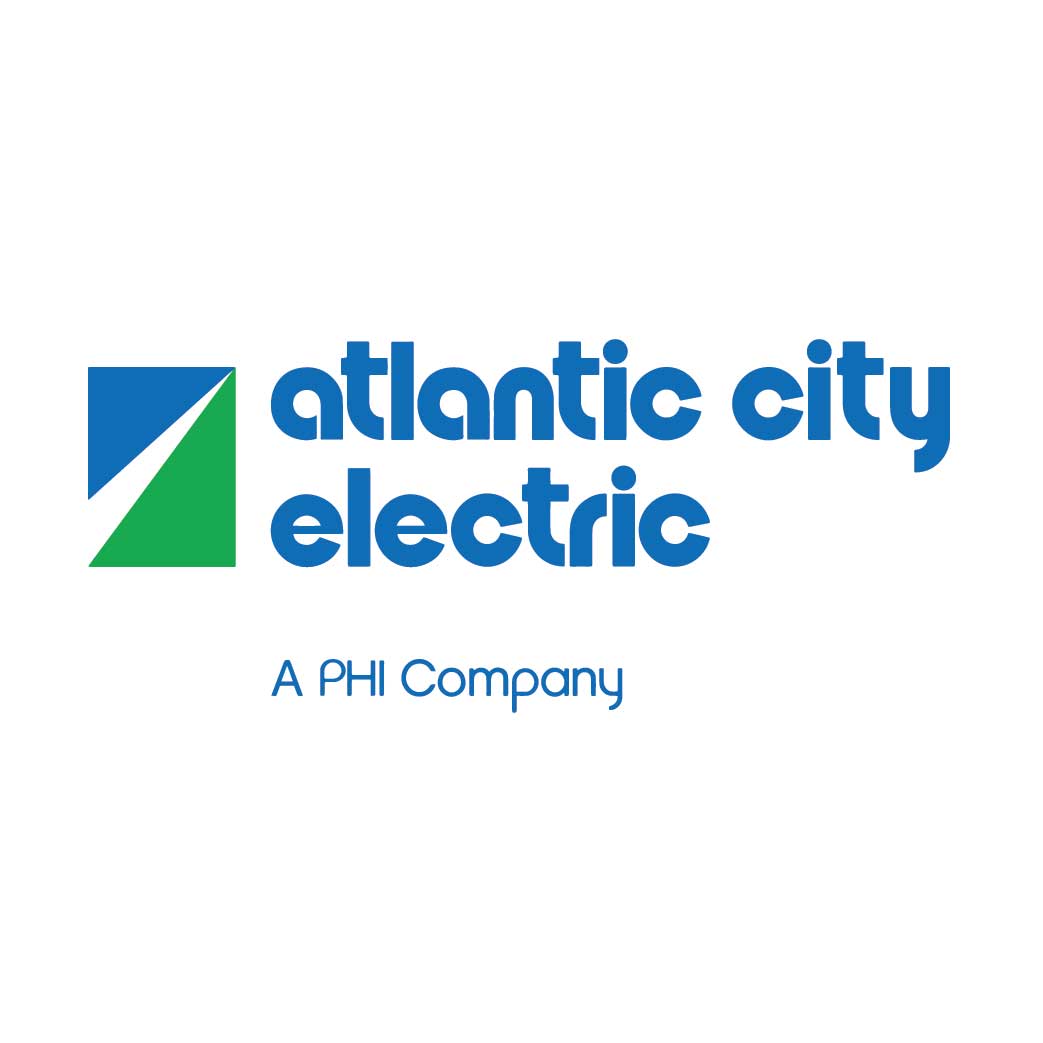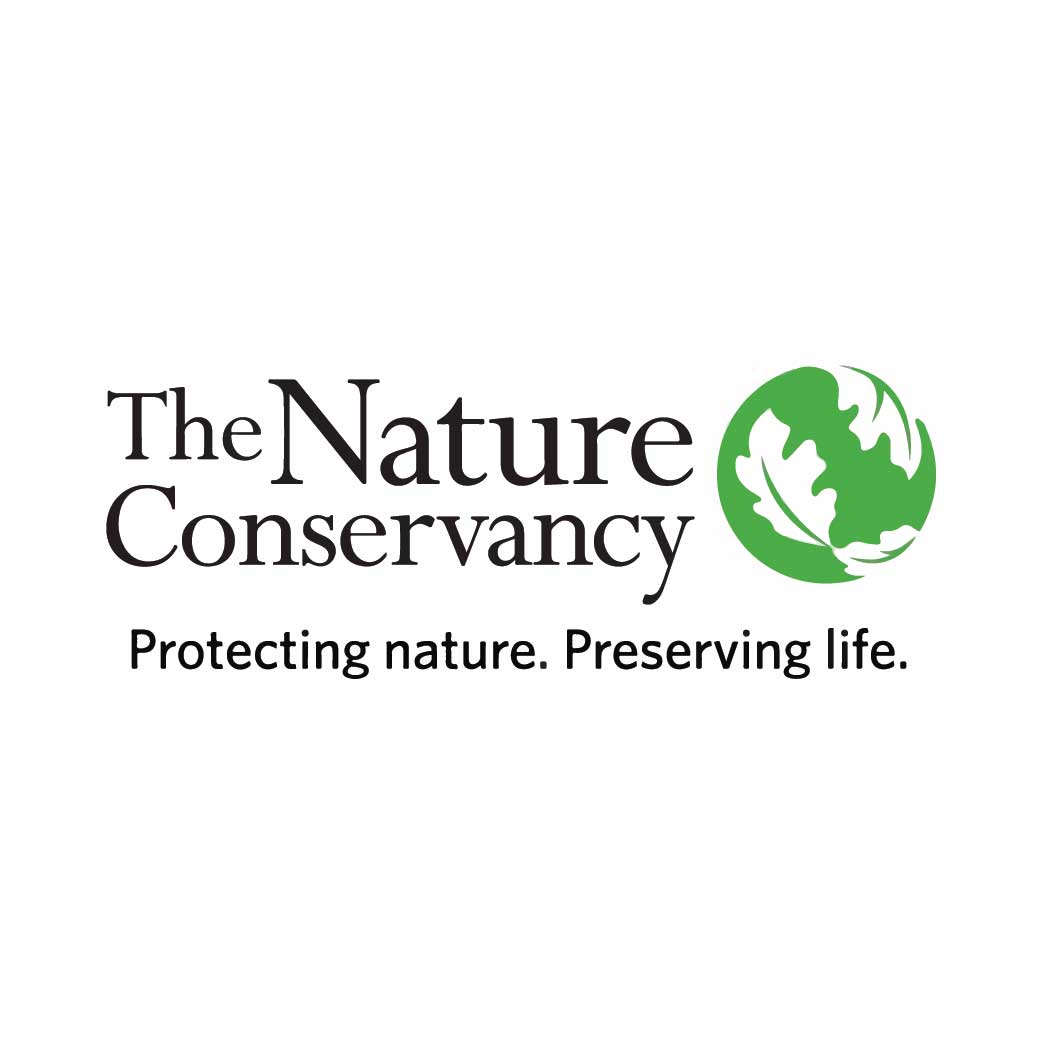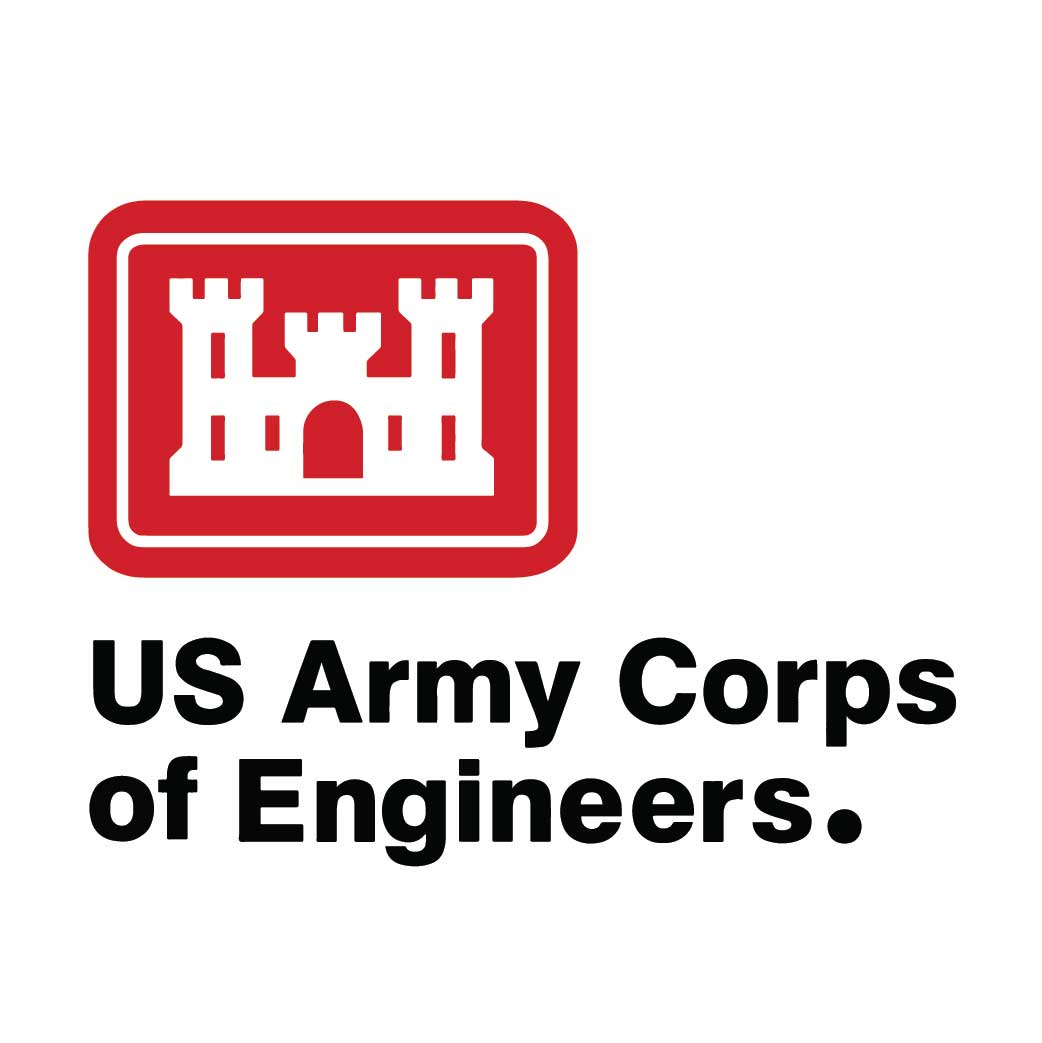Purpose: To mitigate shoreline erosion. Shell bags (2014 to present) are used to reinforce the tubes and to create a living shoreline.
Substrate: The two fabric tube sections (600’ long x 20’wide x 3’6” high) are filled with a slurry of mason sand (852 tons) and with floating vegetation (bladder wrack) on the top surface. Along the tube’s western side are shell bags containing recycled shells (clam, oyster, knobbed whelks) that have been bagged in plastic netting. Some shell bags also contained oyster spat.
Wildlife: Shorebirds, waders, invertebrates, crustaceans, submerged aquatic vegetation (SAV), macroalgae, fin-fish.
2020 Report
Established: 2010
Purpose: To mitigate shoreline erosion. Shell bags (2014 to present) are used to reinforce the tubes and to create a living shoreline.
Substrate: The two fabric tube sections (600’ long x 20’wide x 3’6” high) are filled with a slurry of mason sand (852 tons) and with floating vegetation (bladder wrack) on the top surface. Along the tube’s western side are shell bags containing recycled shells (clam, oyster, knobbed whelks) that have been bagged in plastic netting. Some shell bags also contained oyster spat.
Wildlife: Shorebirds, waders, invertebrates, crustaceans, submerged aquatic vegetation (SAV), macroalgae, fin-fish.
2020 Status: Substantial new sand accretion continues to occur on the east side of the Geotubes. Ribbed mussel and new shoots of Spartina alterniflora growth continues along the embankments that are parallel to the tubes. Submerged aquatic vegetation is growing on the west side of the tubes, with floating bladder wrack on the top of the tubes.
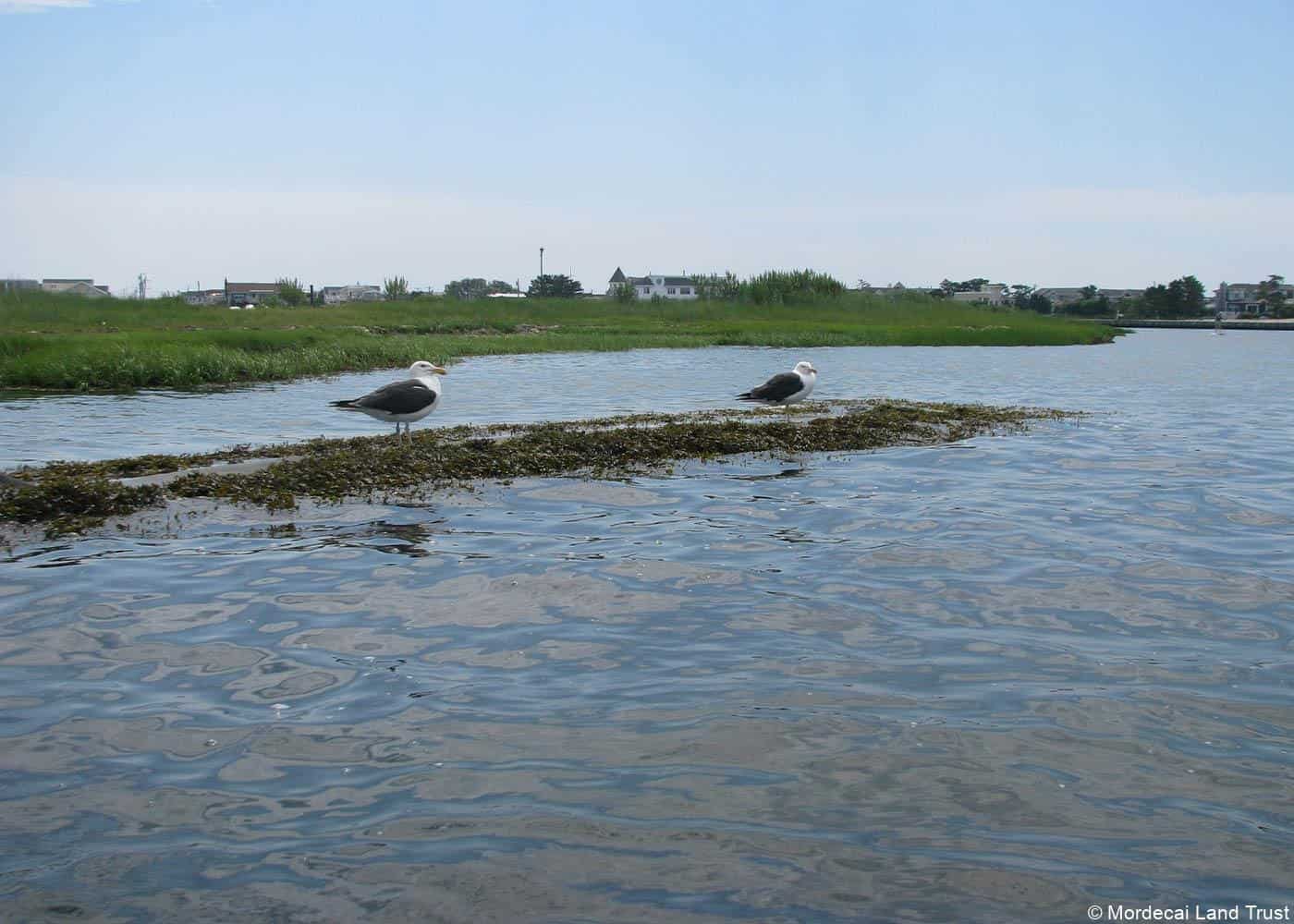
2019 Report
Established: 2010
Purpose: To mitigate shoreline erosion. Shell bags (2014 to present) are used to reinforce the tubes and to create a living shoreline.
Substrate: Two fabric tube sections (600’ long x 20’wide x 3’6” high) that are filled with a slurry of mason sand (852 tons) and with floating vegetation (bladder wrack) on the top surface. Along the tube’s western side are shell bags containing recycled shells (clam, oyster, knobbed whelks) that have been bagged in plastic netting. Some shell bags also contain oyster spat.
Wildlife: Shorebirds, Waders, Gulls, invertebrates, crustaceans, submerged aquatic vegetation (SAV), fin-fish.
Status: Substantial new sand accretion continues to occur on the east side of the Geotubes. In partnership with ReClam the Bay, additional shell bags were placed on the shell bags rows, to reinforce the tubes, act as an additional breakwater structure and to create a living shoreline reef. Submerged aquatic vegetation (SAV) continues to be observed in this area. New ribbed mussel and Spartina alterniflora growth occurred along the eastern embankments that are parallel to the tubes.
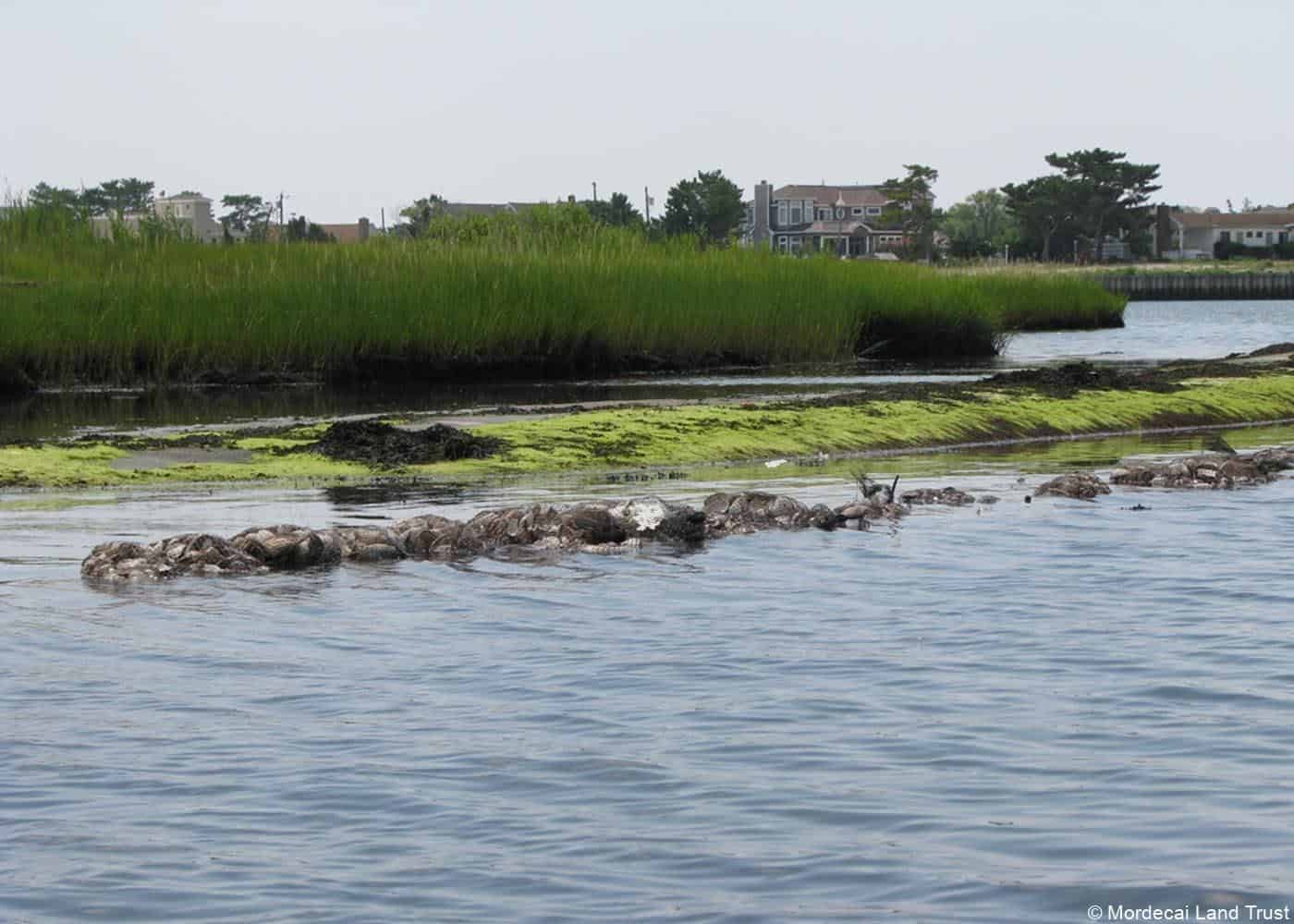
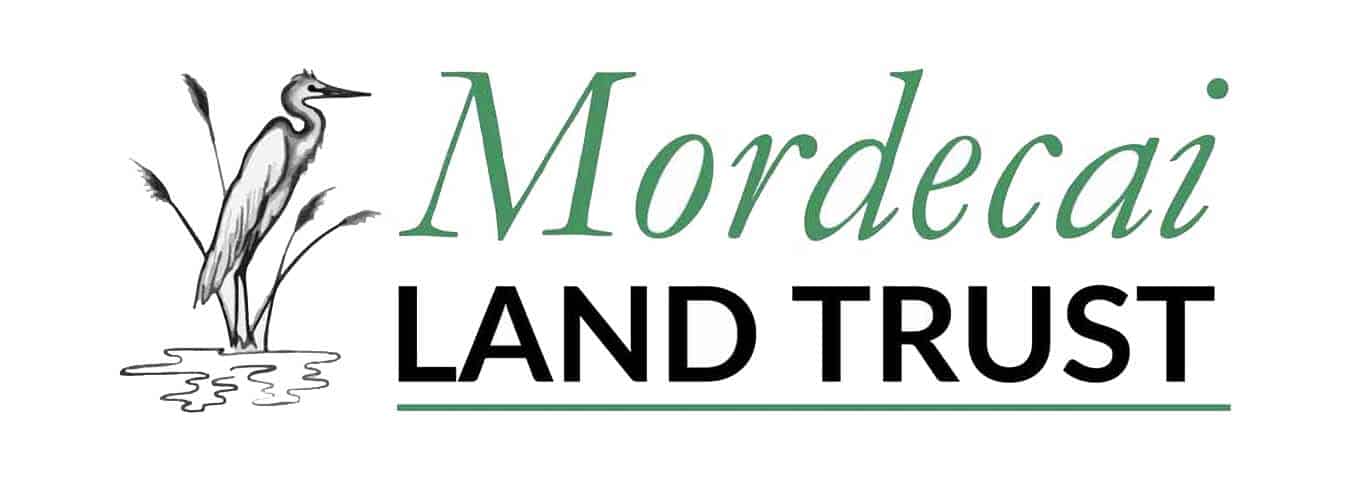
The IRS has determined that the Mordecai Land Trust is tax-exempt under section 501(c)(3) of the Internal Revenue Code of 1986 (“Code”) and not a private foundation pursuant to sections 509(a)(1) and 170(b)(1)(A)(vi) of the Code. Mordecai Land Trust was established in 2001.
Opt-in to email updates


